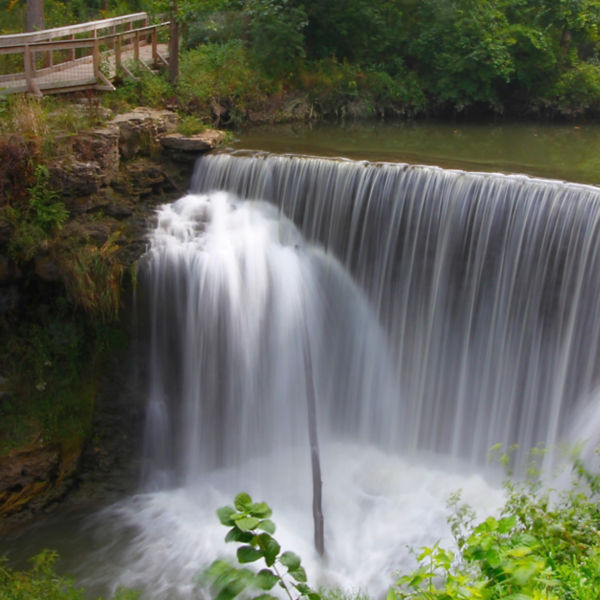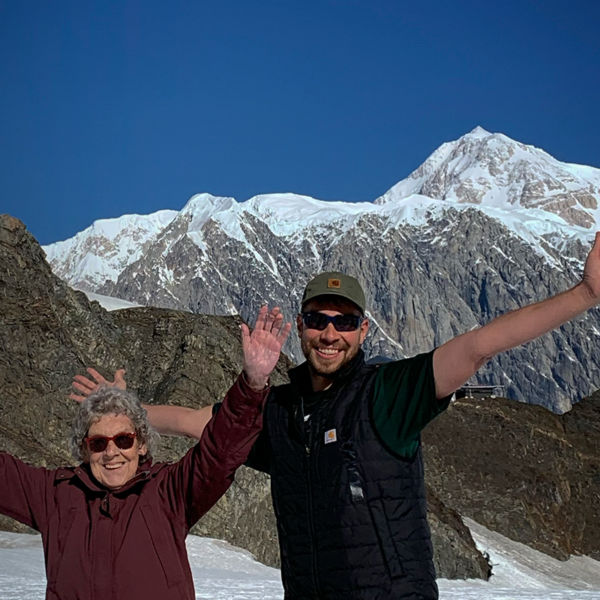
You may shop at the farmers’ market, support local restaurants, or make purchases based on the sustainability of the food you eat. Well, there’s nothing more sustainable (and cost-effective) than harvesting the food that’s growing right beneath your feet. Plus, it’s just plain fun. Next time you’re out hiking or camping, consider adding wild edibles to your meal.
“My interest in foraging was borne out of a flavor quest,” says Kate Hodges, co-owner of Foraged & Sown, which sells farmed and foraged goods at several Columbus, Ohio, farmers’ markets. “Foraged foods offer flavors that are new or unique that can’t be mimicked in purchased foods from the grocery store.”
Getting Started
If you don’t know the difference between a chicken-of-the-woods mushroom and death-cap mushroom, collecting wild food can be intimidating. But Hodges points out that human senses are primed for plant identification. “We can ID people in a crowd very easily,” she says. “That same mechanism is at play when we talk about plants and fungi in the wild.”
Don’t know how to identify even common plants? Turn toward Facebook groups, classes, knowledgeable friends and books to learn. Hodges recommends Foraged Flavor, by Wong and Leroux, which includes foraging tips plus recipes. Follow Columbus’s own Black Forager, Alexis Nikole, who is wildly popular on TikTok.
Hodges then recommends starting close to home—literally. If you have a yard, look in the grass for common greens like clover, chickweed, henbit and dead nettle. Ditto in a nearby park. These greens come out in early spring, when there aren’t many other plants competing visually. Then use the chickweed in a salad, add dead nettle to a ravioli filling, or make a tea out of henbit.
Where To Collect
You can harvest wild food from your own property, of course. If that’s an apartment or a postage stamp-sized lot, head to on private property to forage with permission from the owner, usually a friend. You can also harvest small amounts of wild edibles for personal use from Ohio state forests and the Wayne National Forest, no permit needed. As for state parks, reach out before visiting, as rules vary. Never collect on nature preserves or city/metro parks. Also, picking something off of a plant like a fruit—e.g., blackberries, pawpaws—is fine, but do not dig up anything, like ramps (wild leeks) or ginseng. Finally, make sure that you are harvesting from a place that has not been sprayed with herbicides and is not frequented by dogs.
Getting more specific, edge areas are good places to find edible plants—conveniently, this means trailside in addition to where forests, fields and water meet.



































